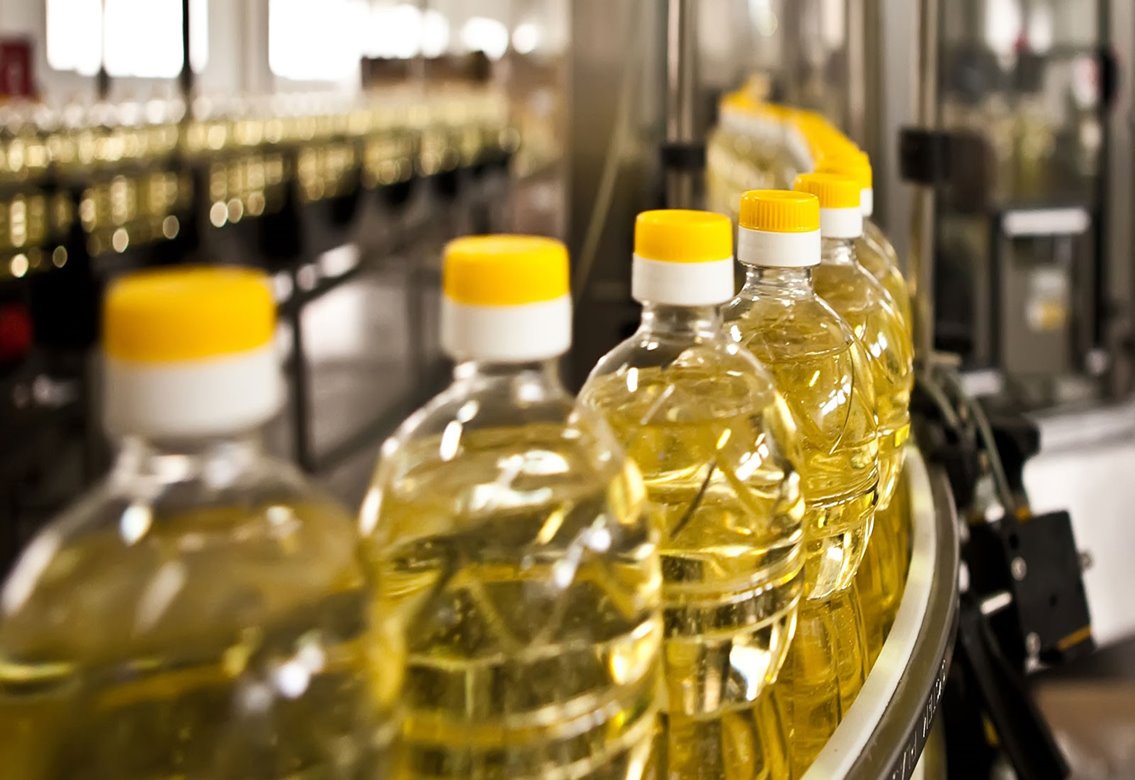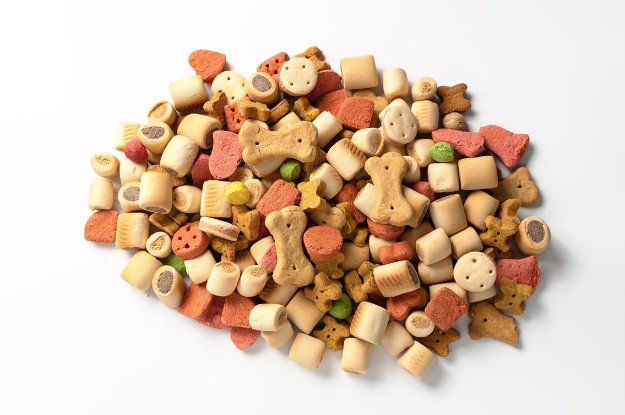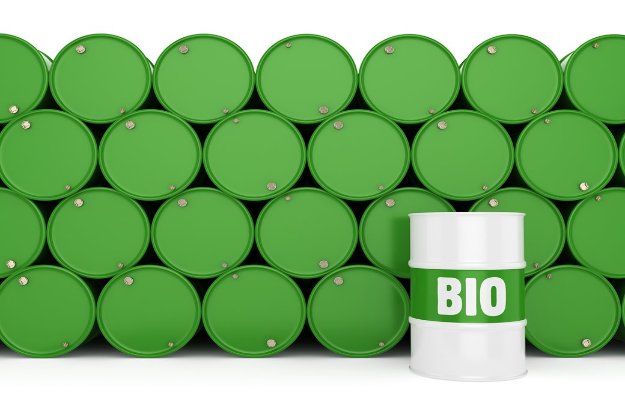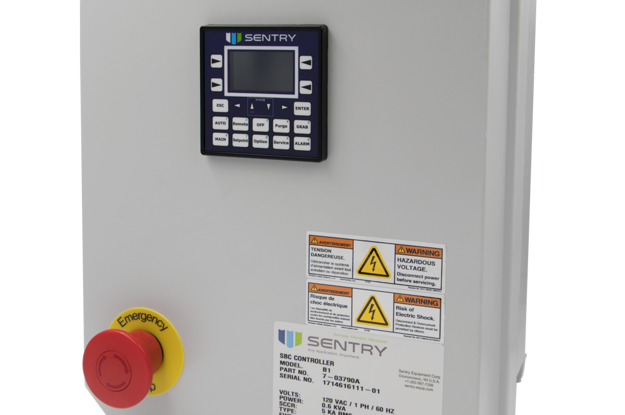
Extracting and refining seeds, legumes and sometimes the fruit into oils, such as olive, avocado and vegetable oils, can be complicated.
Processed oils need to be consistent in color and taste, and free of impurities that could negatively affect its quality. Automatic sampling can help optimize sampling accuracy and repeatability in every step of the extraction process, while ensuring a safe and delicious final product.
EXTRACTING EDIBLE OILS WITH SOLVENTS
Manufacturing most edible oils involves cleaning the seeds, grinding them, pressing and extracting the oil from them.
The very earliest methods of pressing seeds, legumes and "fruit" into oils captured only about 10% of the oil available. Today, modern methods involving solvent extraction can capture up to 98% of the oil. Solvent extraction is considered standard in the edible oil industry. It uses a volatile hydrocarbon such as hexane to extract the oil from the seed.
Most oils undergo many steps beyond mere extraction to produce a bland, clear and consistent oil. After extraction, the oil is refined, mixed with an alkaline substance and washed in a centrifuge.
Further washing and refining follows, and then the oil is filtered and/or distilled before it’s packaged and ready for purchase.
A typical high-quality edible oil process
THE PROCESS: SOYBEAN OIL EXTRACTION
The production of commercial soybean oil is complicated. Like many oils, it’s normally produced by extraction with a solvent because mechanical production is expensive and delivers lower yields.
1. Clean
The soybeans are first cleaned, dried and dehulled because hulls absorb oil and lead to a lower yield. De-hulling involves cracking the soybeans and mechanically separating the hulls from the cracked soybeans. Magnets are then used to separate any iron or other trace metals from the soybeans.
2. Grind
The stripped soybeans are then cut into flakes to provide more surface area to be pressed. These flakes are heated to approximately 75°C to coagulate the soy proteins and make it easier to extract the oil. Although this process allows more oil to be pressed out, it also introduces more impurities that must be removed before the oil can be deemed edible.
3. Extract
The soybean flakes are put in percolation extractors and immersed with a solvent, normally hexane, that dissolves the oil out of the flakes.
After removing the hexane, the extracted flakes contain only about 1% of soybean oil. They’re used as livestock meal or to produce food products such as soy protein.
Overall, 90% of the solvent remaining in the extracted oil simply evaporates and is collected for reuse in the extraction process. The rest is retrieved with the use of a stripping column. The oil is boiled by steam and the lighter hexane condenses and is collected.
This hexane-free crude soybean oil is then further purified.
4. Refine
The crude soybean oil still contains many impurities that need to be removed. The oil-insoluble materials are removed with filtration, and the oil-soluble materials are removed with different processes, including:
- Degumming to remove phosphatides
- Washing with an alkaline solution to remove free fatty acids, colorants, insoluble matter and gums
- Bleaching with activated earth or activated carbon to remove color and other impurities
Finally, the oil is deodorized. In this process, steam is passed over hot oil, allowing the volatile taste and odor components to distill from the oil. Citric acid is also often added after deodorization to prevent oxidation and preserve shelf life.
QUALITY CONTROL WITH AUTOMATIC SAMPLING
Processed oil should be consistent in all aspects such as color, taste and viscosity, and it should be free of impurities. Automatic sampling can help optimize sampling accuracy and repeatability in every step of the extraction and refining process to ensure it meets these demands for eating and cooking.
Representative samples can help you:
- Determine product properties and composition
- Ensure quality control
- Help detect toxin contamination
- Improve return on investment
- Reduce operating costs
- Improve loss control
Automatic samplers are ideal for sampling edible oils. With consistent performance over a wide range of process applications, environmental conditions and temperatures, Sentry samplers offer food and beverage companies accurate, fixed volume automatic sampling solutions.

Written by John Powalisz
John Powalisz, Director of International Sales, is dedicated to sharing his technical expertise and knowledge of sampling equipment and systems in power plants, refineries, chemical and food processing facilities garnered from more than 19 years with the company. John has worked with clients worldwide to help them to comply with regulations and optimize processes by applying proper sampling hardware and techniques. While he is well-versed in all Sentry products and applications, he is particularly focused on the food and beverage and power generation markets as well as emerging market development.
Related Posts

Bulk Solid
Maximize Recipe Control with Automatic Sampling
A repeatable, representative sampling of bulk-solid products is essential in today’s production environments. From food production to plastics, automatic samplers are becoming standard practice to provide the needed insights on product quality and safety for profitable production.
Read More
Bulk Solid
Why is Hydrocarbon Sampling Important?
Renewable hydrocarbon biofuels are fuels produced from biomass sources, including vegetable oils, animal fats, and specialized crops. They are chemically identical to standard petroleum-based products and can be used in existing engines and infrastructure. However, like petroleum-based products, biofuels require strict testing.
Read More
Bulk Solid
How to Maintain Recipe Control with the Sentry SBC Controller
Production of bulk solid materials is dependent on expensive capital equipment, often optimized to produce multiple products on the same line.
Read MoreDesigned with You in Mind
Shop our complete line of ISOLOKs to find the right fit for your sampling application.